The World Cup, removing traces of apartheid
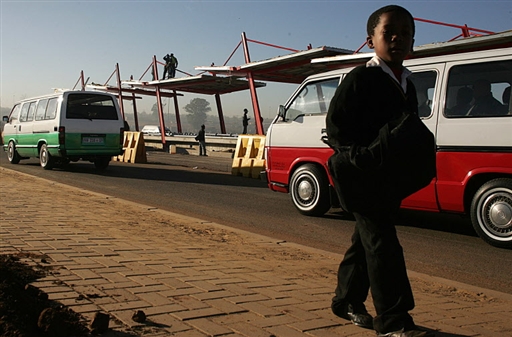
Part of the legacy of apartheid’s banishment of blacks from city centres is that South Africa’s public transport system is poorly developed.
With the football World Cup coming up, the government has invested massive sums to relieve road traffic congestion.
Gauteng province covers just over 17,000 km2 in the north east of the country – less than two per cent of South Africa’s total land area. And yet, it is home to more than ten million people. Half of South Africa’s gross domestic product is generated here.
One result of the spectacular economic development of recent years is a problem common to all built-up areas which have grown too rapidly: road traffic congestion.
The motorway connecting Pretoria, the country’s administrative capital, with Johannesburg, its industrial counterpart, barely 50 kilometres away, carries more than 180,000 vehicles a day.
During rush hour, it sometimes takes more than three hours to travel between the two towns. Traffic jams are an all-too-familiar subject of discussion.
“They are the bane of our lives”, grumbles Mzolisi, who spends roughly four hours a day at the wheel of his beige Toyota.
“I live on a farm near Pretoria. I leave home every morning at 5 o’clock to travel to my office in Johannesburg. In the evening, I often do not get back until after seven”, reports Robert, a German who has worked in South Africa for more than 20 years in the development aid sector.
The train, a poor relation
The reasons for these daily jams, which weigh heavily on the economy as well as blighting people’s quality of life, are also rooted in the past. “The transport network reflects the old apartheid system,” explains Rehana Moosajee, the Johannesburg municipal councillor responsible for transport.
“Our cities are very spread out, as a result of political decisions taken in the past. In those days, the segregationist regime built motorways for whites, while laying on a bare minimum of public transport services for blacks.”
Between Pretoria and Johannesburg, there is in fact a railway line. But, for security reasons, it was deserted by whites when the apartheid regime came to an end. The general pattern of transport in South Africa is now private cars for the mainly white, middle and wealthy classes and collective taxis for most of the black population.
Since the first free elections in 1994, the African National Congress (ANC), the party which fought for freedom and now commands a majority in parliament, has had to face many challenges in bringing about a transition to Archbishop Desmond Tutu’s “rainbow nation” – not least the challenge of public transport.
The state’s loss of control over this sector has resulted in power shifting to the collective-taxi associations, which have waged often bloody battles to command the best routes in the vast metropolitan area.
High-speed train
At the beginning of the millennium, the South-African government launched an ambitious high-speed-train project – known as Gautrain – to link Pretoria and Johannesburg in 40 minutes. The colossal undertaking got underway in 2006. South Africa’s nomination, in 2004, as host nation for the 2010 World Cup forced the government to move up a gear.
The staggering sum of SFr6.5 billion ($4.5 billion) has been invested in public transport in the last decade. Gautrain alone has swallowed up almost SFr4 billion, more than three times the estimated cost.
“This is the most ambitious transport project ever undertaken in Africa. The sums invested in Gautrain must be seen as an investment in the country’s future,” explains Moosajee.
The Gautrain project was not at first connected with the organisation of the World Cup. But, largely for reasons of prestige, the government is now committed to seeing the line linking Tambo International Airport with the prosperous Sandton district, in the north of Johannesburg completed by June 11, 2010. “We still think we shall get it finished,” says Moosajee.
A transport backbone
A Herculean project, Gautrain should eventually be able to carry 130,000 passengers a day between Pretoria and Johannesburg – and form the backbone of the transport network that will be under so much pressure when June comes around.
Transport is indeed a crucial issue for the organisers of this first World Cup on African soil. Last year, after the Confederations Cup, a kind of dress rehearsal, the secretary general of FIFA, Jérôme Valcke, stated that the transport system “headed the list” of things that needed to be reviewed before the event.
“We are doing everything in our power to ensure that visitors’ experience of the transport system during the World Cup is as pleasant as possible,” affirms Moosajee. “A brand new city bus system [BRT] and park and ride facilities will also be in operation.”
Violent opposition
Introducing the BRT, a European-style public transport system, with bus lanes and camera surveillance of bus stops, has not been without its problems. Fearful of this new competition, taxi-drivers have expressed their anger in violent ways. Shortly before the elections in April 2009, demonstrations and armed attacks on the new vehicles obliged the authorities to postpone the inauguration for a year.
In mid-March, further violence marked the introduction of the new system in Soweto, Johannesburg’s largest township. More demonstrations are planned for Durban, Cape Town, Port Elizabeth and Bloemfontein, when the BRT comes into operation. And taxi drivers have already warned that they may protest during the World Cup itself.
Moosajee, who never travels without her two bodyguards, knows that the threat is real. She seeks to pour oil on troubled waters.
“We have included the taxi drivers in the overall arrangements for the World Cup. There will always be room for them. I believe the taxi drivers are true patriots and they will not do anything to spoil an event which is so important for South Africa,” she commented.
Samuel Jaberg, back from Johannesburg, swissinfo.ch (translated from French)
South Africa has three capital cities: Cape Town (legislative), Pretoria (administrative) and Bloemfontein (judiciary).
South Africa has 49 million inhabitants, of which 79% are black, 9.5% are white, 9% mixed race and 2.5% Indian. The South African constitution recognises 11 official languages.
President Jacob Zuma is the head of the government, elected by the parliament on April 22, 2009 for a period of five years. He is a member of the African National Congress, the majority party since the first free elections in 1994.
South Africa is the economic engine driving the African continent with a GDP of $300 billion in 2008, but it remains one of the most unequal countries in the world with 43% of the population living on less than $2 a day. 50% of the South African population live in conditions of a developing country, while 13% enjoy a standard of living of an industrialised country, according to the World Bank.
From June 11 to July 11, South Africa will host the first World Cup on African soil. Around SFr4.8 billion has been invested in the renovation and construction of stadiums and the improvement of infrastructure (airports, roads, transport).
The first high-speed train on the African continent, the Gautrain (a combination of the words Gauteng and train) should help tackle part of the traffic jams between Johannesburg and Pretoria. It is expected to be fully operational in 2011. The inauguration of the line linked the airport to the Sandton district in northern Johannesburg should taken place before the World Cup.
The Gautrain’s average speed will be 160km/h. The journey from Pretoria to Johannesburg take 42 minutes. The cost of the journey has been set at 60 South African cents per kilometre (a little under SFr0.10).
The construction of the 77km of track, of which 15 are underground, and the 10 stations, required investment of around SFr4 billion. Around 93,000 jobs were created, 6.7 million cubic metres of earth removed and 11 viaducts built.
More than 1,200 people are involved in ensuring the safety of passengers, a major risk in South Africa and particularly in Johannesburg, where 17 murders take place every day.
The construction of the Gautrain is under the responsibility of the Bombela consortium and includes the Canadian firm Bombarder and French companies Bouygues and RATP.

In compliance with the JTI standards
More: SWI swissinfo.ch certified by the Journalism Trust Initiative
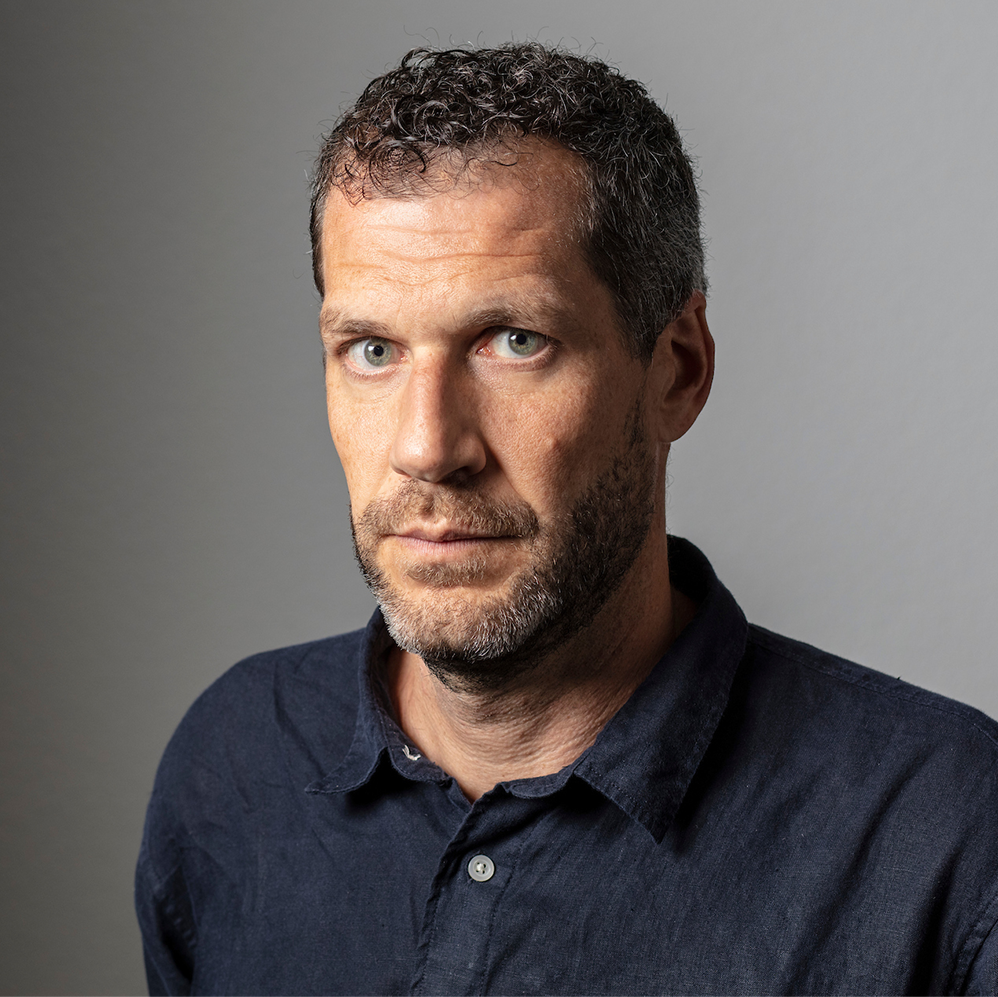
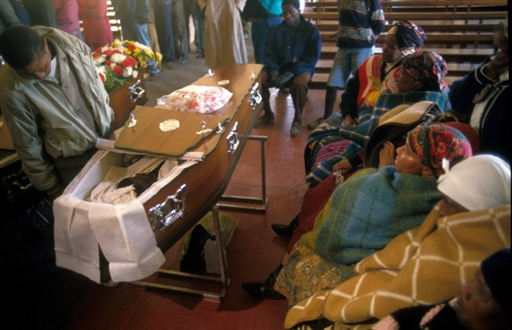
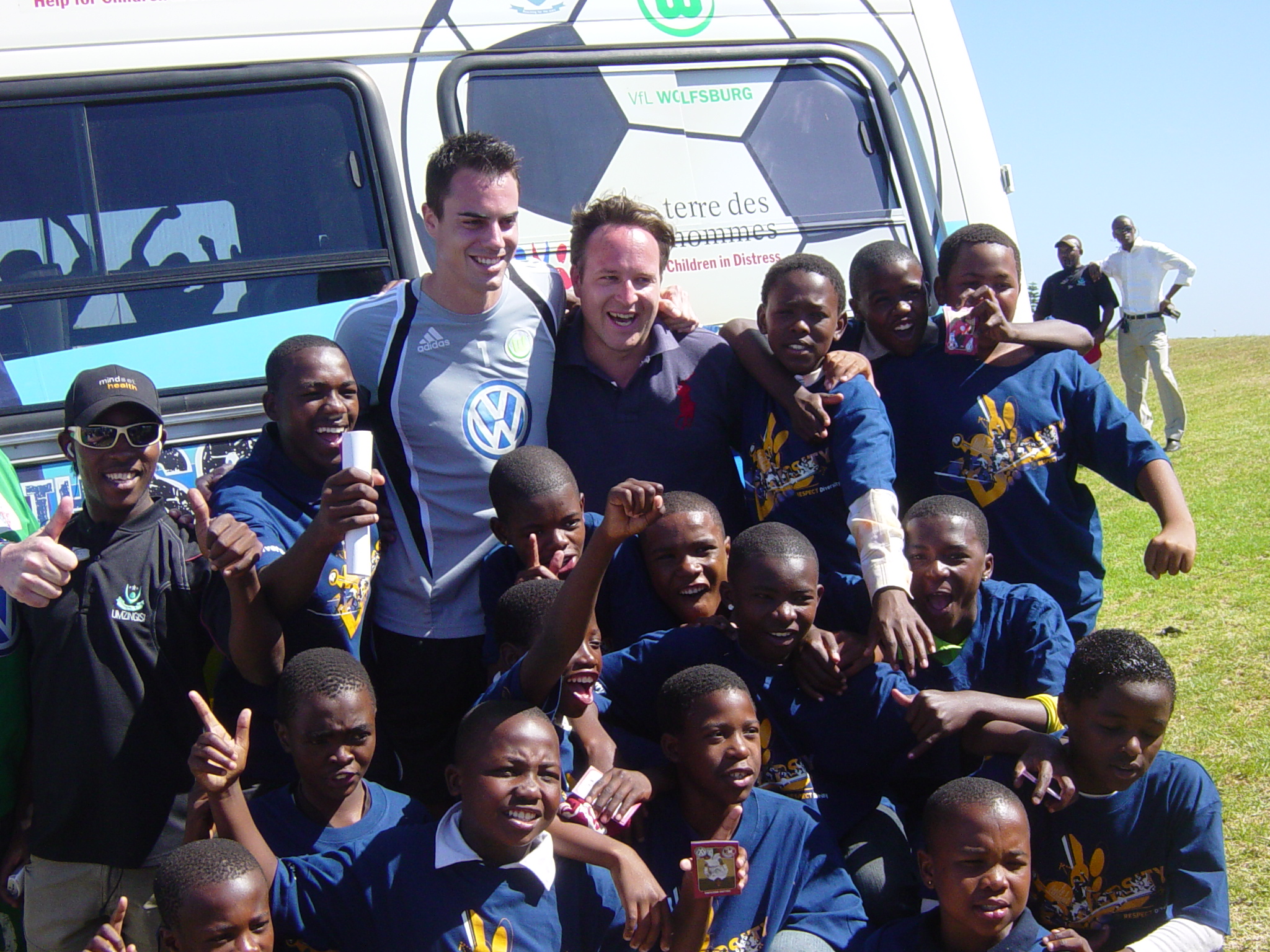
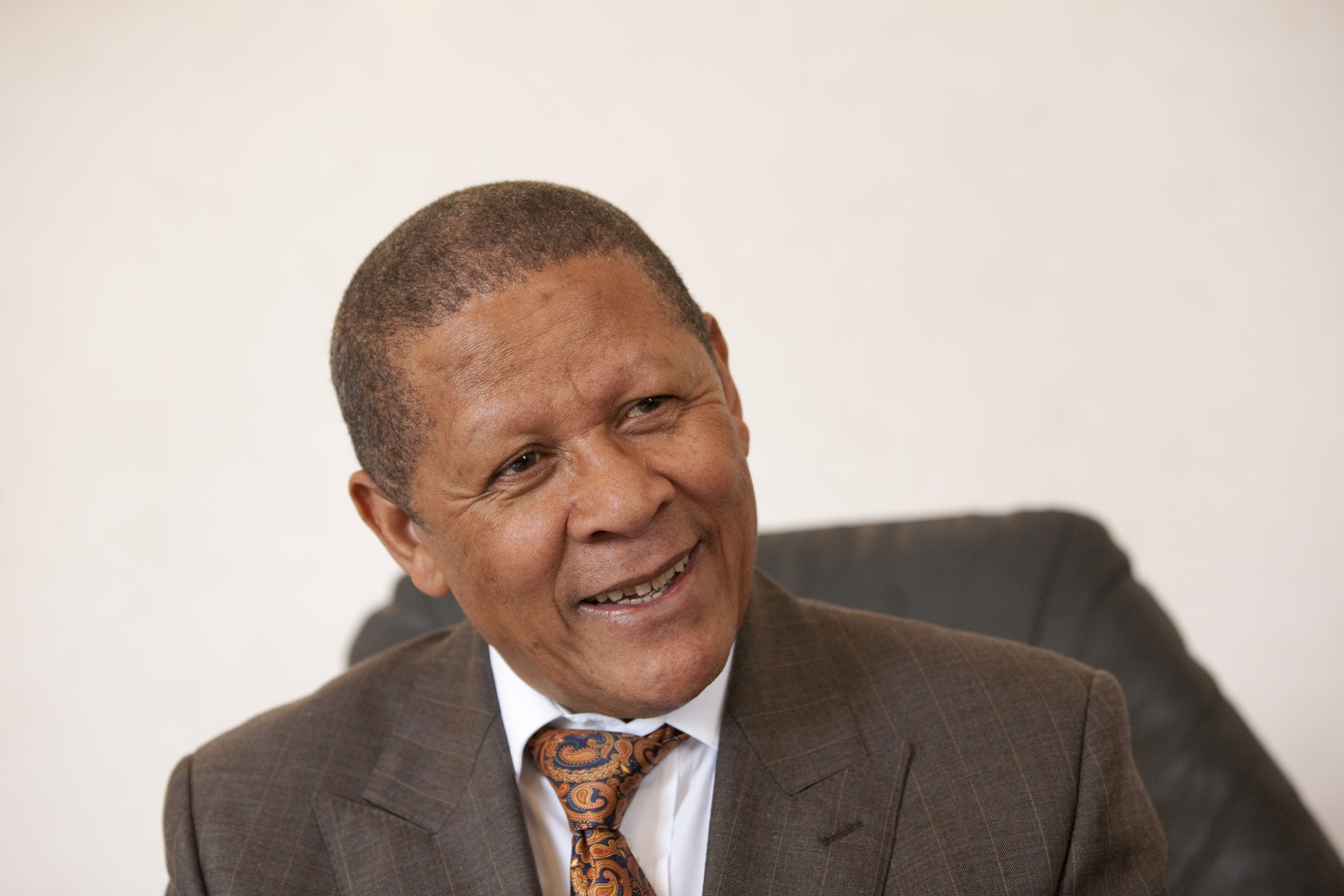
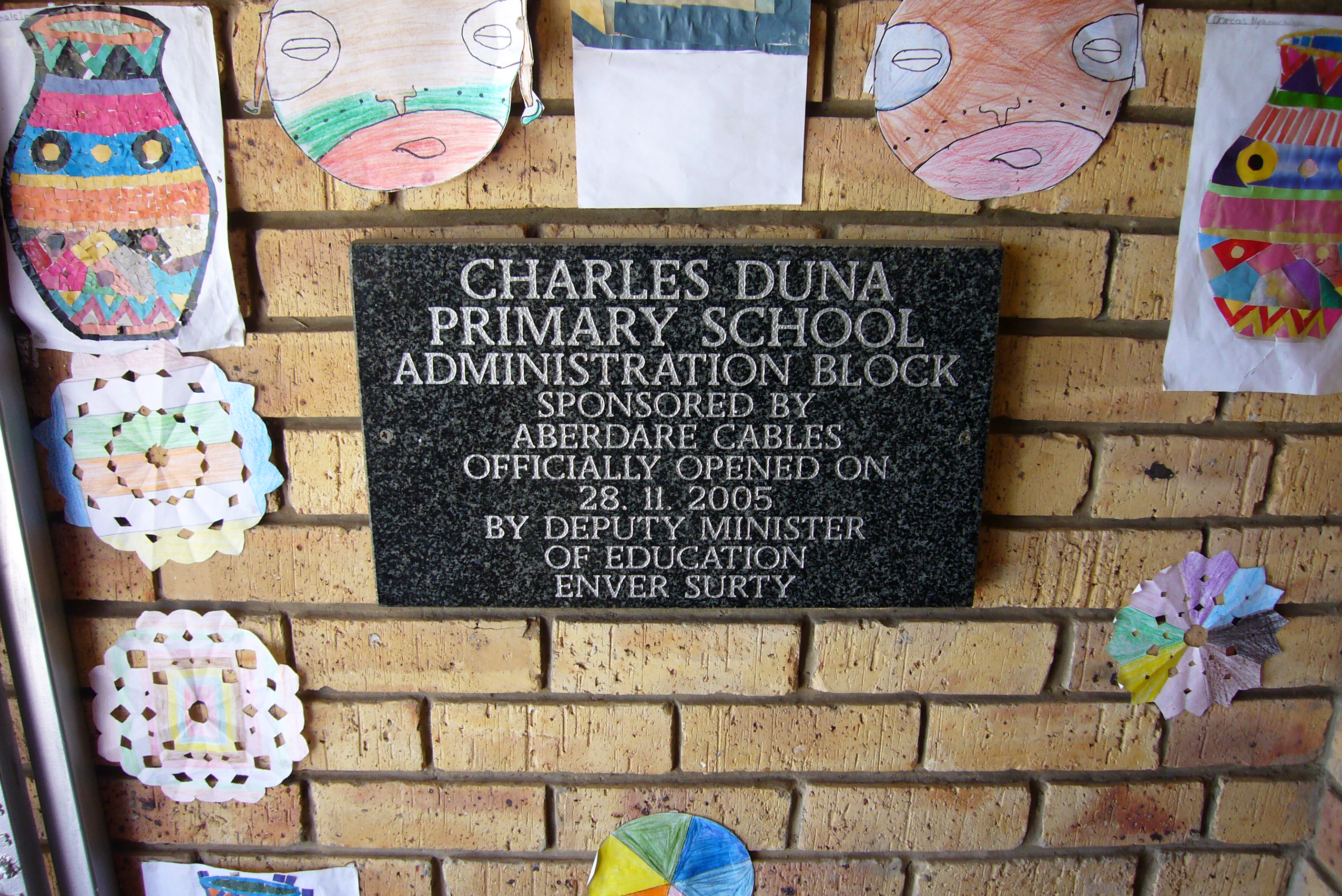
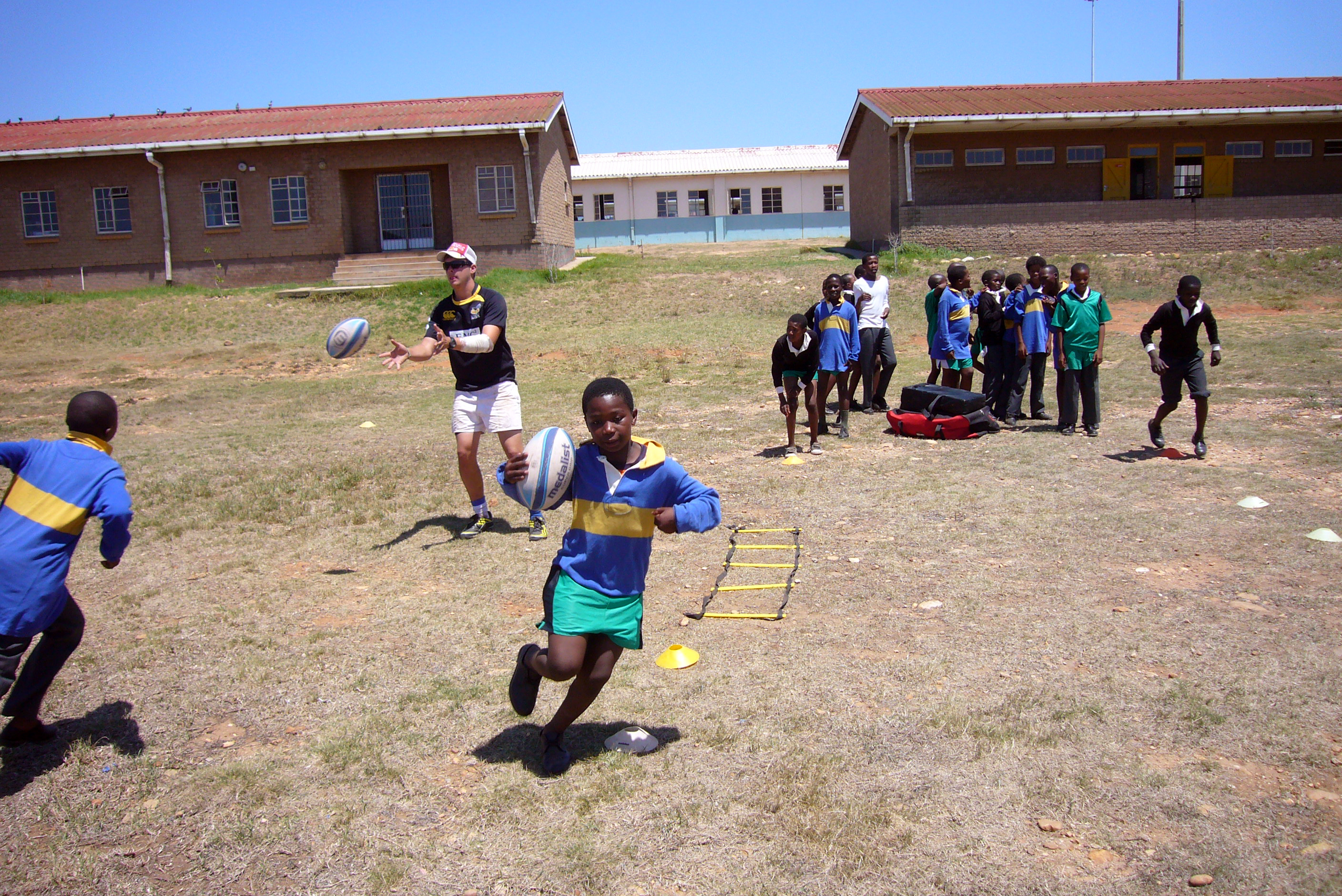
You can find an overview of ongoing debates with our journalists here . Please join us!
If you want to start a conversation about a topic raised in this article or want to report factual errors, email us at english@swissinfo.ch.